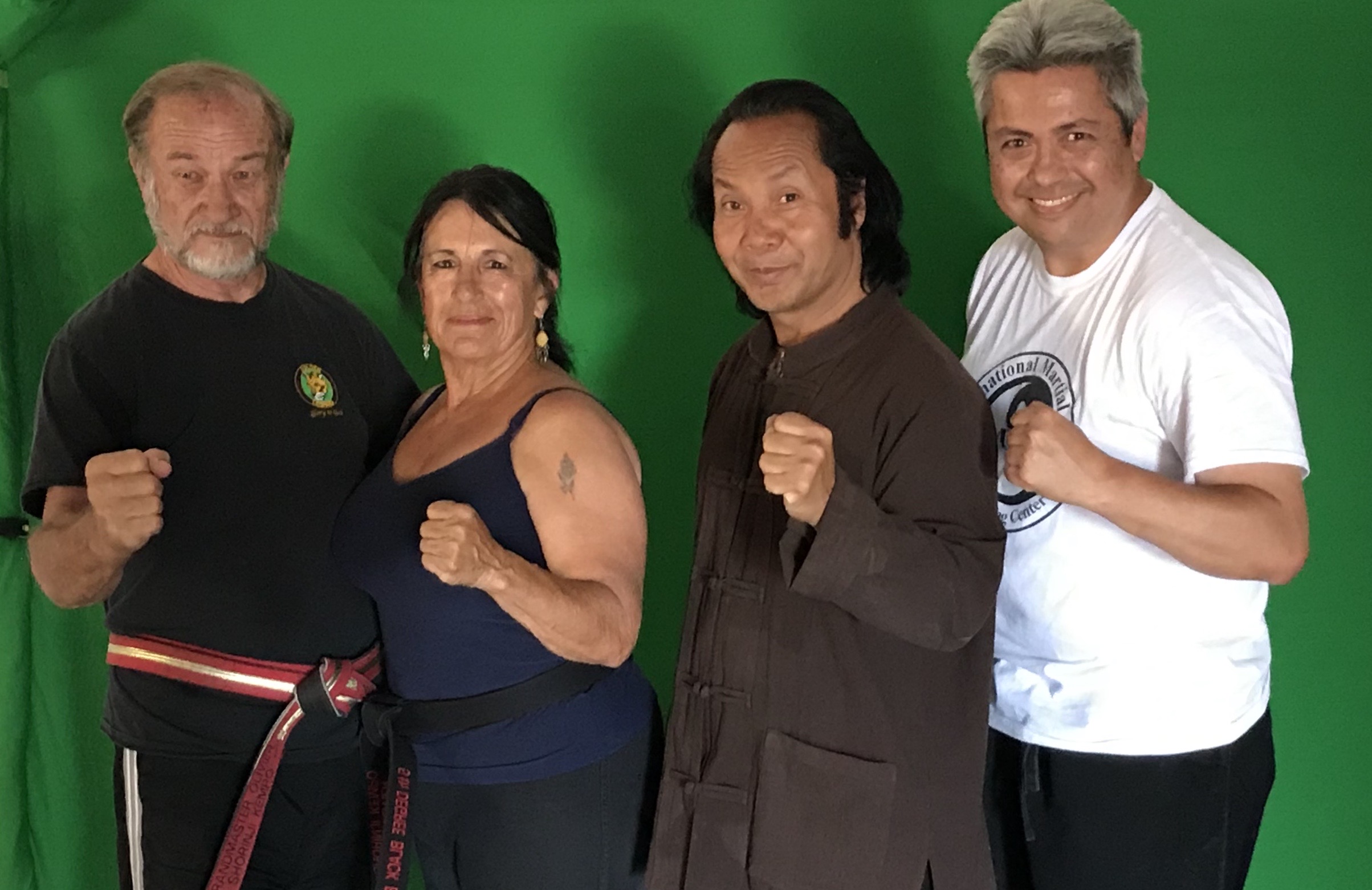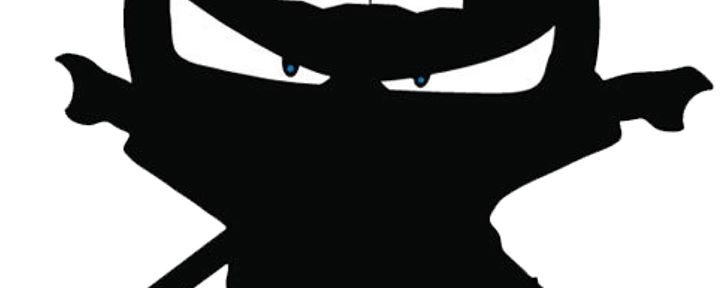There you are, surrounded by a sea of bystanders. The large mass of angry human flesh stands before you. Saliva spews from his mouth as he yells obscenities at you. In a panic, you swing your fist wildly, missing the prominent chin by many inches. Where did all your training go?
Where a fight starts and combatant distance are essential things to know, these ranges and the opponent’s reaction also play a part in the overall outcome of the conflict. As I said many times before, there is an infinite number of variations to a situation. No two are alike.
But then why do we practice a set routine of techniques? And why do I get corrected all the time in class? If the technique isn’t going to happen that way, why practice it? To get an answer, you need to know a few terms.
Adapting point
This point is a spot in the technique where you make changes to accommodate how the opponent reacts to your initial strikes. Now, what do you do? Did you hit the pressure point just right, and now the opponent has completely crumbled in front of you? Did he shake off your devastating strike or counter it? You adapt the technique.
Adjustment points
These points are the sections of a technique where you adjust to the performance of moves in response to environmental and structural differences compared to practice in the dojo. For example, are you about to do a jump-kick in a low-ceiling room? Is there room for you to back up in the crowd or a room full of pillars? Rethink the next few moves to keep yourself out of harm’s way, allow yourself room to perform your actions, and use the pointy end of the table as a weapon or landing platform.
Gauging points
These points are sections of a technique where you shuffle in or out to maintain optimal distance to the opponent. For example, does the opponent step out to the side to catch his balance, thereby taking him out of the next counter’s optimal range? Well, you adapt by shuffling up to him or changing to a longer-ranged weapon.
Set Point
This point is between you and the opponent where either of you could strike and contact the other. Sometimes this is called being in range to attack. When either person steps on or across that point, you must attack, fake, or realign your position. If you are not attacking, you must move away from the Set Point.
These points are different sides to the same concept, making changes on the fly. For example, you may be injured or protecting someone else. In addition, no fight will occur as practiced in the dojo, and no opponent will match your partner in size, mass, and movements. Therefore it seems only natural to accommodate for these differences in your technique.
We naturally do them when we change partners during the class. That’s the reason you change your partner so often. Get a mix of body types, speed, and range of motion to understand these points.
By isolating the sections of a technique, you can see the best time to make changes and adaptations. This exercise also helps you combine moves to improvise as needed. Don’t let changes in the circumstances through off your game and unsettle your mind. Remain calm, empty your mind, and go with the flow.
Also please read my post on the three levels to improve your technique, zone defense strategy and the can’t reach situation.
Do you have a story about how you or someone else adapted, adjusted or changed the gauging of a technique that you thought was cool? Tell me in the comments.



